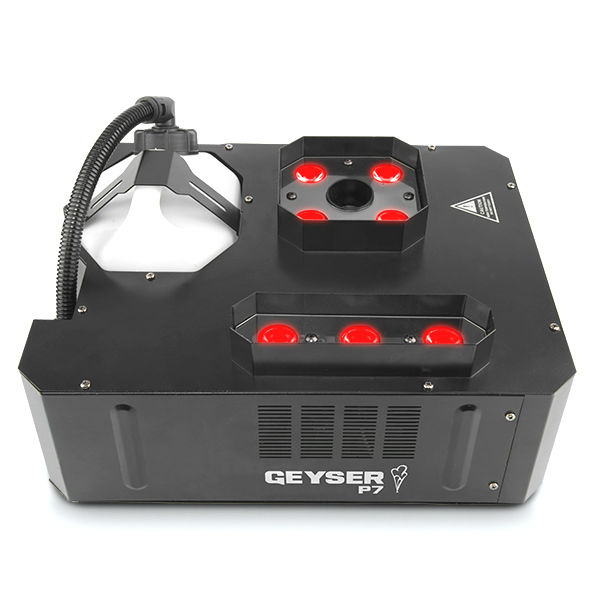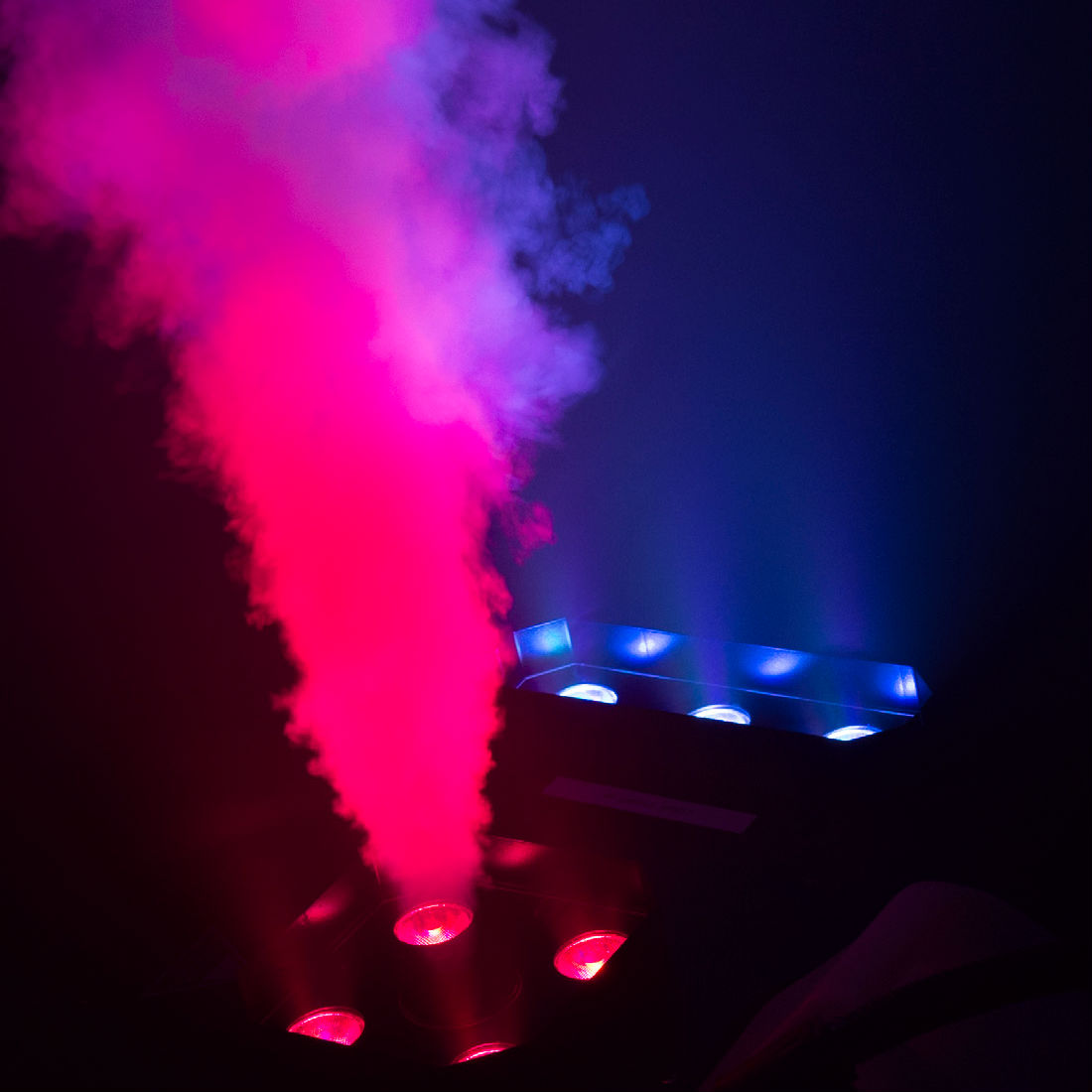The Aquasplash
"Ripple" was indeed a lovely song, but what to do when you're the one who has to make ripples without water, let alone pebbles or wind? This is yet another lighting effect that directors will toss out expecting their designers to immediately say, "Oh yes. I know exactly how to do that." The truth is that creating ripple effects can be a daunting challenge to rookie and veteran designers alike.
The distinctive look created by light reflecting off of water comes from the fact that the surface of a body of water is almost always in motion. The reflected light, therefore, is also constantly moving and changing in intensity. There are several ways to re-create this look on stage, some relatively inexpensive but labor intensive, some more expensive but simple to set up and use, and some that can be budget-breakers for all but the best funded theaters.
The most inexpensive way to create a ripple effect can be found in most technical theatre textbooks. To create the look, shine an ellipsoidal reflector spotlight (ERS, or Leko) into a shallow container of water. The container must have a highly reflective bottom to give the best effect -- a polished aluminum pan may do the trick -- or you can use a clear glass dish set on top of a mirror or similar reflective surface. You will need to find some way to move the water in order to get the rippling effect. You could position a fan to blow across the surface of the water, have a stage hand jiggle the container of water or rig a mechanical device to rock the container back and forth(1).
This method will produce a ripple effect, and it's fairly inexpensive, but it does require some time and planning to acquire all the necessary parts and figure out the best method to implement the effect. The other end of the spectrum (the budget-breaking end) would be dedicated special effects units that can project moving images. Effects projectors can produce some stunning looks, and often can be fitted to create many different effects depending on the requirements of the show. The drawback is that they are usually very expensive, and can be tricky to set up. The prices for effects projectors range from around five-hundred dollars for a unit that fits in a standard ERS to many thousands of dollars for devices that can create huge effects to cover a stage.
The Aquasplash is a happy medium if ever there was one. A self-contained effects unit, it's simple to set up and use while staying well below the price of similar "professional" devices. Many designers may overlook the Aquasplash as it is generally marketed towards dance clubs and mobile DJ's. However, we at Theatre Effects believe it has a place on stage as well. Basically, the Aquasplash uses a motorized wheel to create both color and a moving texture on stage. Depending on which wheel is being used, the Aquasplash can create a "water" look, a "fire" look or a multi-color changing effect. Please note that the "water" and "fire" wheels are sold separately. To use the Aquasplash, simply insert the color wheel that you wish to use, mount the unit to project onto the surface -- or actors -- that you wish to light, and turn it on. As Ron Pompeil might say, "It's that easy!"
Because the Aquasplash was designed for the club/DJ market, there are a few things the theatrical designer should realize when using it. First, like most fixtures of this type, the Aquasplash is not designed to be used for extended periods of time; try not to use the device for more than 15-20 minutes at a time without a cool-down period of at least ten minutes. Also, remember that the Aquasplash uses a motor to drive the effects wheel. This means that you should only control it through a non-dim circuit, relay pack, or a switched 110v outlet. If you're unsure what that means, consult a stage electrician or e-mail us for advice. Trying to drive a motorized device through a normal dimmer may result in burning out the motor, and possibly your dimmer as well.
A final note on using your Aquasplash remember that you can do much more with this device than create a ripple effect. Consider using the Aquasplash and the red color wheel to create a firelight effect. Perhaps you need a "magical" look for a fantasy play such as "Midsummer Night's Dream" or "The Wizard of Oz"; the multi-color wheel may create just the look you're after. With a little creativity, you will find that this device can serve you in many situations.
(1) See Michael Gillete's wonderful text "Designing with Light," for full details of this effect.
*********************************************
Theatre Effects Customer Service Department
service@theatrefx.com
www.theatrefx.com
Theatre Effects, 1810 Airport Exchange Blvd. #400, Erlanger, KY 41018
Phone: 1-800-791-7646 or 513-772-7646 Fax: 513-772-3579









